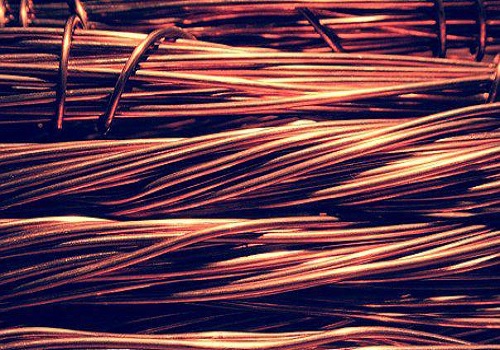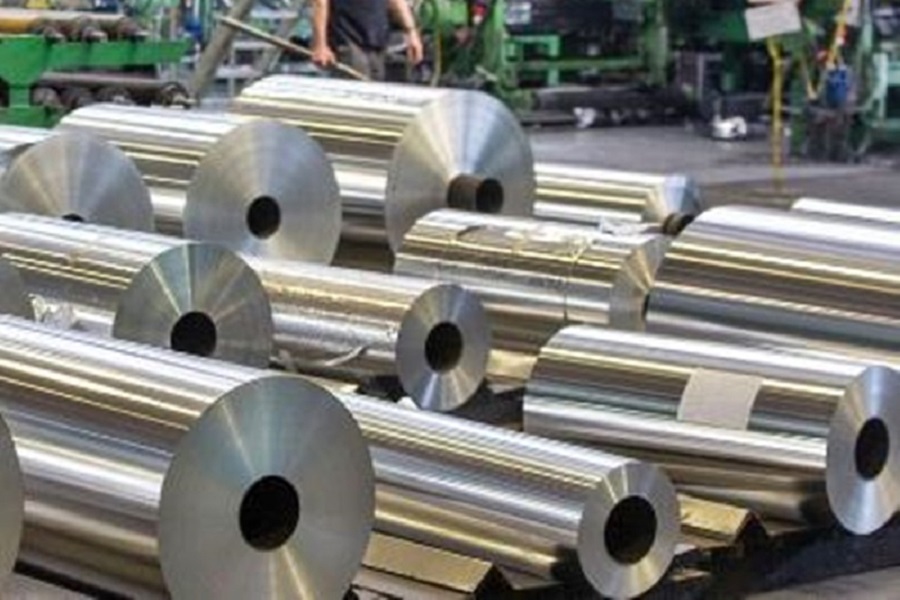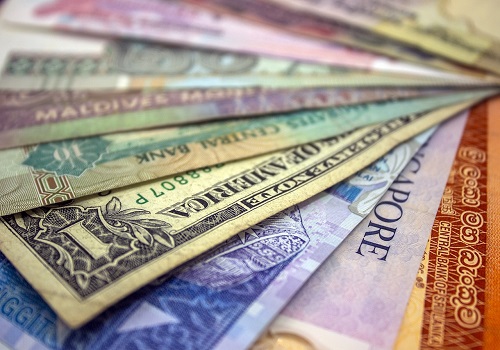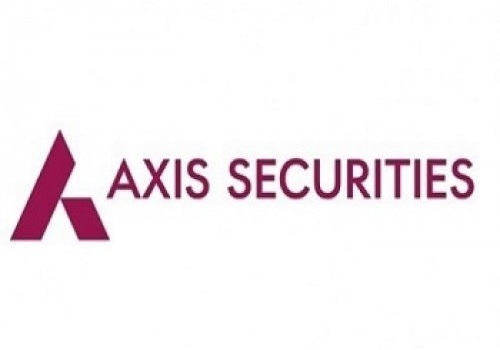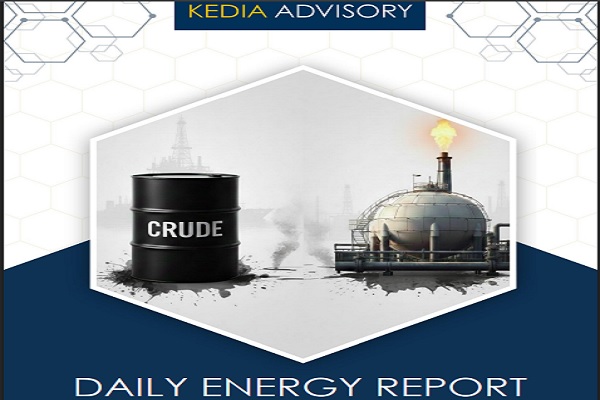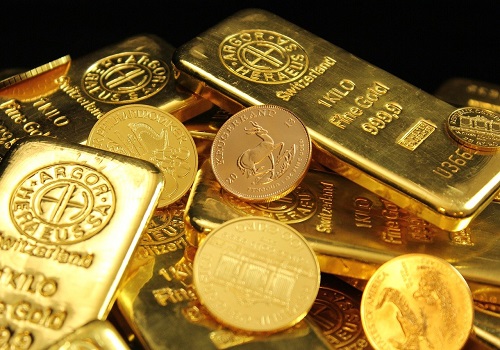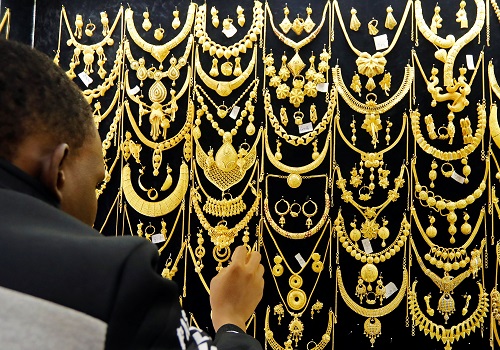Views on Silver by Carsten Menke, Head Next Generation Research, Julius Baer

Below the Views on Silver by Carsten Menke, Head Next Generation Research, Julius Baer
NOW LISTED AS A CRITICAL MINERAL BY THE US
Following weeks of speculation, the United States included silver on their list of critical minerals. As a result, silver could be subject to Section 232 import tariffs related to national security threats. An investigation into critical minerals is currently ongoing. The initial market reaction was muted, reflecting the fact that silver’s status as a critical mineral does not immediately alter the supply and demand balance in the market. Should they be introduced, tariffs could have severe implications for global silver trading and hedging. We still see the silver market in a consolidation and reiterate our Constructive view.
The United States Geological Survey published an updated list of critical minerals on 7 November, which now also includes silver. This follows weeks of speculation in the market that silver could be – or should be – included and therefore be subject to potential Section 232 import tariffs. Such tariffs would be related to national security threats and therefore independent from any other tariffs President Trump has imposed. An investigation into critical minerals is currently ongoing, with the results expected soon. While the United States is a top-ten global silver producer and the largest recycler, they are still dependent on imports to cover more than half of their consumption, which is largely industrial (60%), followed by investment (30%), and jewellery (5%). The initial reaction in the silver market to the news was positive but fairly muted, with prices up a bit more than 1% in early European trading. In our view, this reflects the fact that a classification as a critical mineral does not immediately alter the supply and demand in the silver market. There could be an impact should the United States foster domestic mine production or recycling in order to be less dependent on imports. That said, this would take time. A more immediate impact on the market would result from potential Section 232 import tariffs on silver. Considering the global interconnectedness of silver markets, in particular the relationship between the world’s largest futures market in New York and the world’s largest physical market in London, there could be severe implications for trading and hedging. Theoretically speaking, in case of import tariffs, the futures price in New York would need to trade at a premium equivalent to the tariffs over the London physical price. While again not impacting the supply and demand balance in the silver market, this would mean a major distortion to the established market setup. It could challenge the leading role of the futures market in New York, opening up opportunities for exchanges elsewhere in the world. Overall, we still see a favourable fundamental backdrop for silver, as it should continue to benefit from strong investment demand in light of a slowing US economy, lower US interest rates, and a weaker US dollar. That said, the market has entered into a short-term consolidation, as the recent rally went too fast too far. A longer-term correction still seems unlikely in our view.
Above views are of the author and not of the website kindly read disclaimer


